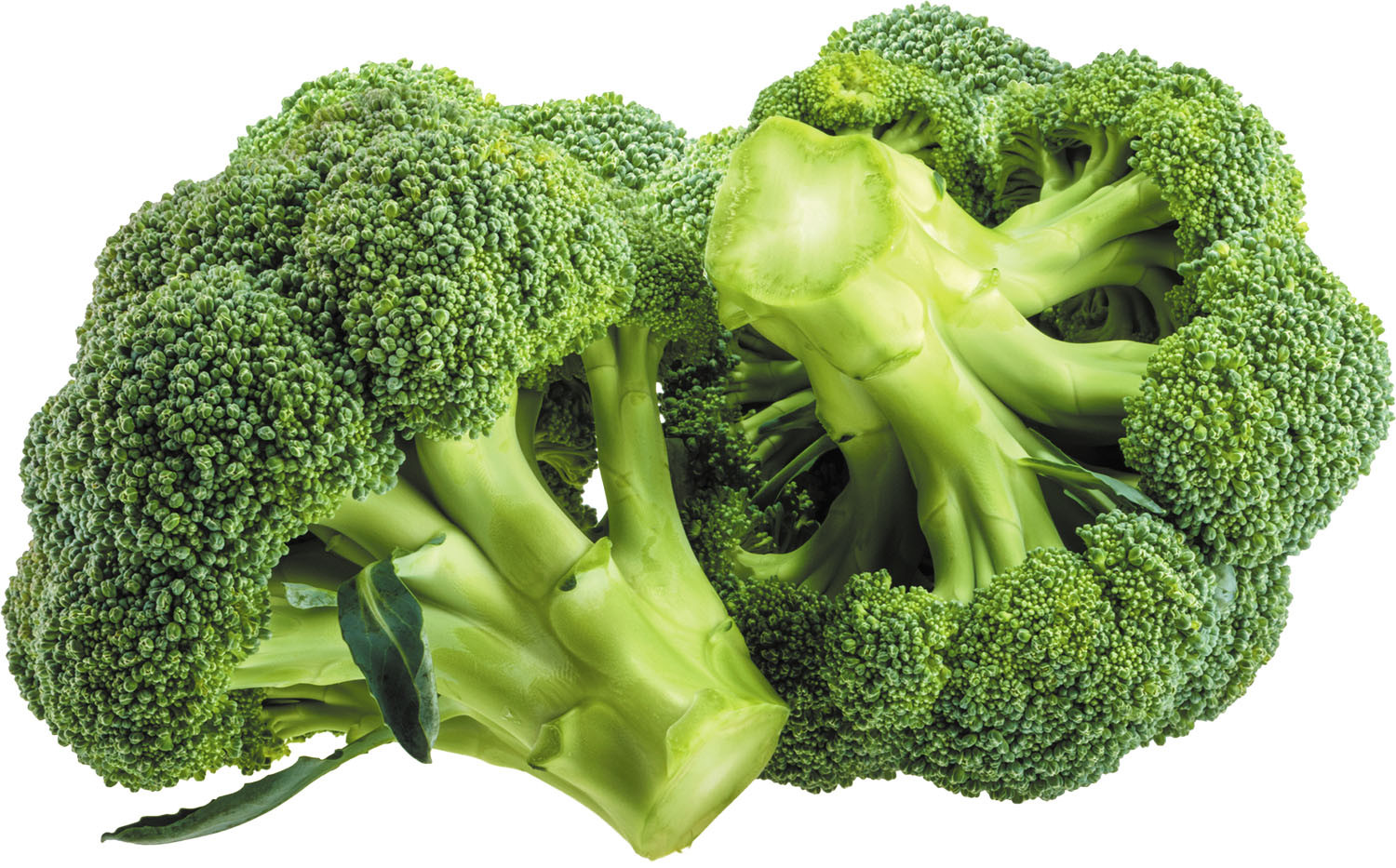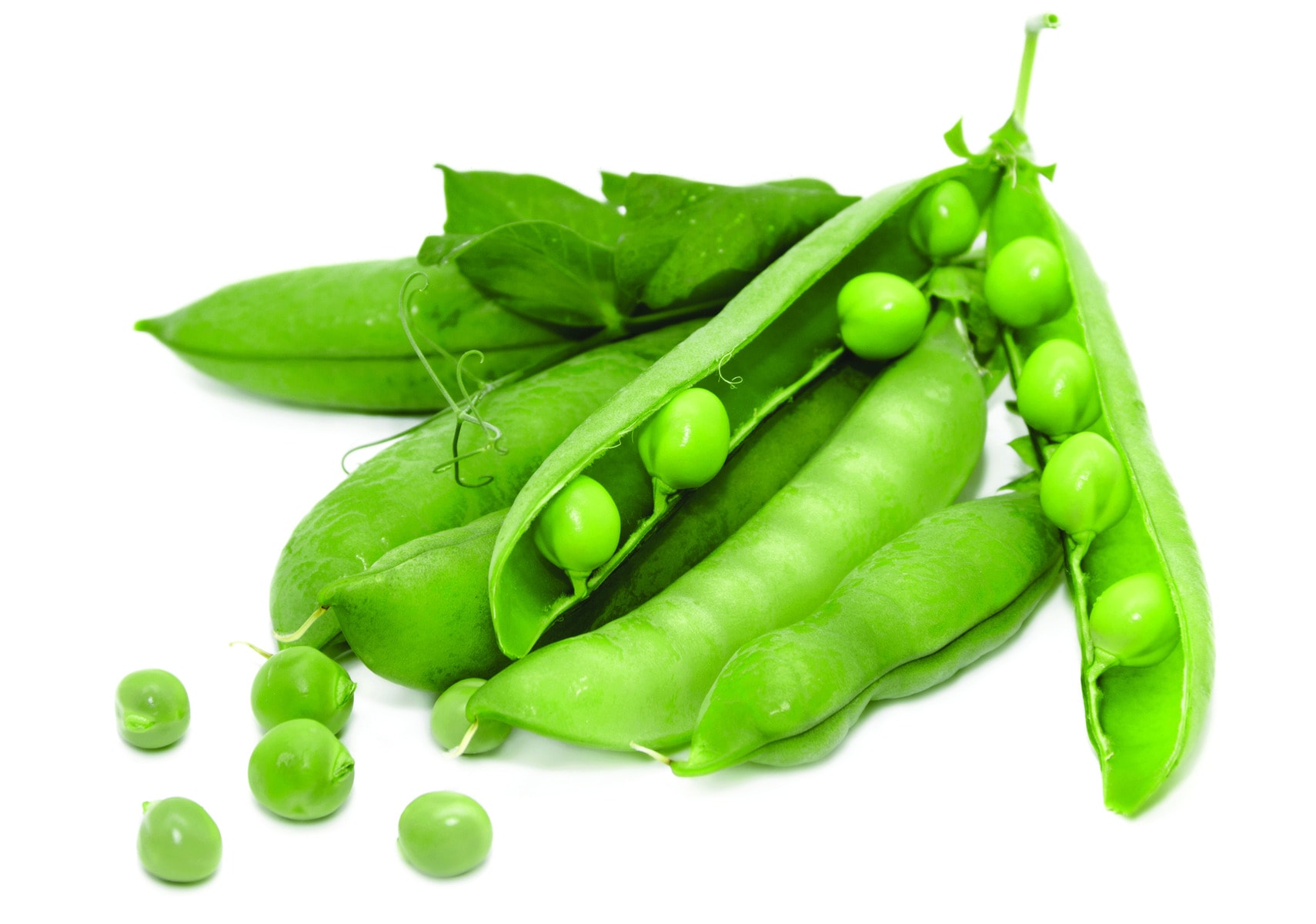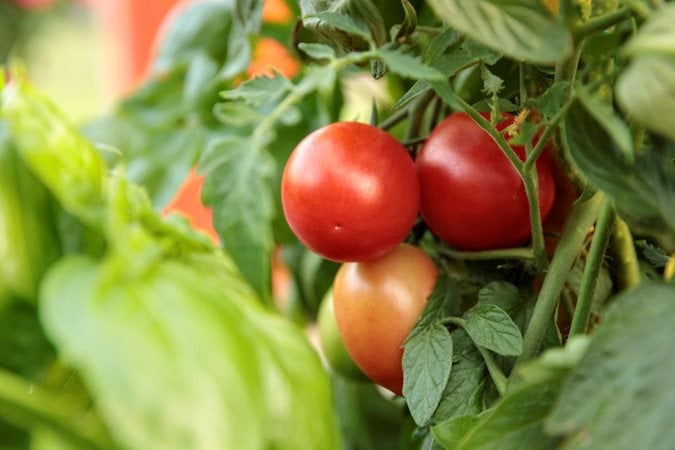Summer's Bounty: A Guide To Early Summer Vegetables
Summer's Bounty: A Guide to Early Summer Vegetables
The summer season is a time for fresh, delicious vegetables. There are so many different types of vegetables that come into season during the summer, it can be hard to know where to start. In this blog post, we will take a look at some of the best early summer vegetables, and provide some tips on how to cook and enjoy them.
Here are some of the best early summer vegetables:
- Asparagus: Asparagus is a spring vegetable that is still available in early summer. It is a good source of vitamins A, C, and K, as well as fiber. Asparagus can be steamed, roasted, or grilled.

- Beans: Beans are a versatile vegetable that can be eaten fresh, canned, or frozen. They are a good source of protein and fiber. Beans can be cooked in a variety of ways, such as in a stir-fry, soup, or salad.

- Broccoli: Broccoli is a member of the cruciferous vegetable family, which is known for its health benefits. Broccoli is a good source of vitamins A, C, and K, as well as fiber. Broccoli can be steamed, roasted, or stir-fried.

- Cucumbers: Cucumbers are a refreshing vegetable that is perfect for summer. They are a good source of water and vitamin K. Cucumbers can be eaten raw, pickled, or grilled.

- Peas: Peas are a sweet and tender vegetable that is a good source of protein and fiber. Peas can be eaten fresh, frozen, or canned. Peas can be cooked in a variety of ways, such as in a stir-fry, soup, or pasta dish.

- Summer squash: Summer squash is a type of squash that is in season during the summer. It is a good source of vitamins A and C. Summer squash can be cooked in a variety of ways, such as steamed, roasted, or grilled.

- Tomatoes: Tomatoes are a classic summer vegetable that is a good source of vitamins A and C. Tomatoes can be eaten raw, cooked, or canned. Tomatoes can be used in a variety of dishes, such as salads, sandwiches, and pasta dishes.

Here are some tips on how to cook and enjoy early summer vegetables:
- Steam or roast vegetables to preserve their nutrients.
- Add vegetables to salads, soups, and stir-fries.
- Grill vegetables for a quick and easy meal.
- Make vegetable chips or fries as a healthy snack.
- Puree vegetables into soups, sauces, or smoothies.
Early summer vegetables are a delicious and healthy way to enjoy the bounty of the season. So get out there and start cooking!
The weather is warming up, and that means it's time to start thinking about early summer vegetables. There are so many delicious and nutritious options to choose from, so you're sure to find something that you'll love.
If you're not sure where to start, I recommend visiting Garden Wiki. This website has a wealth of information about early summer vegetables, including planting instructions, recipes, and tips for growing your own.
Here are a few of my favorite early summer vegetables:
- Peas: Peas are a delicious and versatile vegetable that can be eaten fresh, frozen, or canned. They're a good source of protein and fiber, and they're a great way to add a pop of color to your meals.

- Spinach: Spinach is a leafy green vegetable that's packed with nutrients. It's a good source of vitamins A, C, and K, and it's low in calories. Spinach can be eaten raw in salads, cooked in stir-fries, or added to soups and stews.

- Carrots: Carrots are a root vegetable that's a good source of beta-carotene. Beta-carotene is an antioxidant that can help protect your cells from damage. Carrots can be eaten raw, cooked, or juiced.

- Green beans: Green beans are a member of the legume family. They're a good source of protein and fiber, and they're low in calories. Green beans can be eaten raw, cooked, or canned.
I hope this gives you some ideas for early summer vegetables to plant in your garden. For more information, be sure to visit Garden Wiki.
FAQ of early summer vegetables
Q: What are some early summer vegetables?
A: Some of the most popular early summer vegetables include:
- Beets
- Carrots
- Cucumbers
- Eggplant
- Kale
- Lettuce
- Peas
- Peppers
- Radishes
- Tomatoes
These vegetables are all at their peak flavor and freshness in early summer, and they can be used in a variety of dishes.
Q: What are the benefits of eating early summer vegetables?
A: Early summer vegetables are a great source of vitamins, minerals, and antioxidants. They are also low in calories and fat, making them a healthy choice for people of all ages.
Some of the specific benefits of eating early summer vegetables include:
- Improved heart health
- Reduced risk of cancer
- Increased energy levels
- Improved digestion
- Healthy skin and hair
Q: How do I choose the best early summer vegetables?
A: When choosing early summer vegetables, look for those that are firm and brightly colored. Avoid vegetables that are wilted, bruised, or have soft spots.
You can also ask your local farmer or produce manager for recommendations. They will be able to tell you which vegetables are in season and at their peak flavor.
Q: How do I store early summer vegetables?
A: Most early summer vegetables can be stored in the refrigerator for a few days. However, some vegetables, such as cucumbers and tomatoes, should be stored at room temperature.
Here are some specific storage tips for early summer vegetables:
- Beets: Store in a cool, dark place for up to 2 weeks.
- Carrots: Store in a plastic bag in the refrigerator for up to 2 weeks.
- Cucumbers: Store at room temperature for up to 3 days.
- Eggplant: Store in a plastic bag in the refrigerator for up to 5 days.
- Kale: Store in a plastic bag in the refrigerator for up to 5 days.
- Lettuce: Store in a plastic bag in the refrigerator for up to 3 days.
- Peas: Store in a plastic bag in the refrigerator for up to 5 days.
- Peppers: Store in a plastic bag in the refrigerator for up to 5 days.
- Radishes: Store in a plastic bag in the refrigerator for up to 1 week.
- Tomatoes: Store at room temperature for up to 3 days.
Q: What are some recipes that use early summer vegetables?
A: There are many delicious recipes that use early summer vegetables. Here are a few ideas:
- Beet salad with goat cheese and walnuts
- Carrot ginger soup
- Cucumber salad with dill and yogurt
- Eggplant parmesan
- Kale salad with quinoa and avocado
- Lettuce wraps with grilled chicken or tofu
- Pea soup
- Pepperonata
- Radish slaw
- Tomato salad with basil and balsamic vinegar
Image of early summer vegetables
- Cucumbers are a popular early summer vegetable that are refreshing and versatile. They can be eaten raw, pickled, or cooked.

- Tomatoes are another popular early summer vegetable that are packed with nutrients. They can be eaten fresh, cooked, or canned.

- Peppers come in a variety of colors and flavors, and they are a great addition to salads, stir-fries, and other dishes.
- Squash is a versatile vegetable that can be eaten cooked or raw. It is a good source of vitamins and minerals, and it is low in calories.

- Beans are a good source of protein and fiber, and they can be eaten cooked or raw. They are a popular ingredient in salads, soups, and stews.

Post a Comment for "Summer's Bounty: A Guide To Early Summer Vegetables"